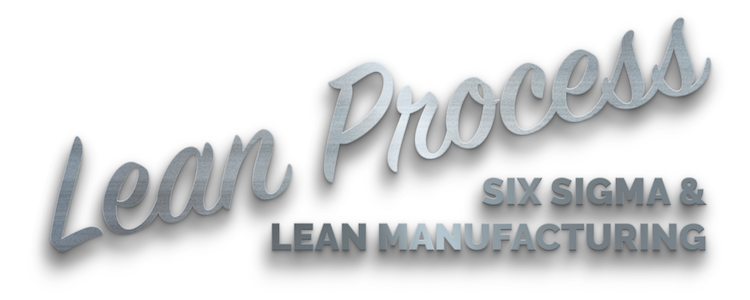In previous posts we have defined what six sigma is and also looked at the history of six sigma. The next stage is to consider in more detail the six sigma tools that are used within the DMAIC framework.
Choosing the right tool to use is an important skill to master in six sigma. The right tool will help you understand the problem you are trying to fix, analyse the data, and point to a viable solution. A poor choice of tool can lead to wasted time and effort collecting unnecessary and potentially inaccurate data. At all times it is helpful to refer back to the basic six sigma methodology of trying to reduce variation. Reducing variation in a process is the way to achieve six sigma quality levels. Therefore select the tool that will measure, analyse, improve or control the variation most efficiently.
The tools covered in the following DMAIC sections are not a definitive list of all the six sigma tools, but are the ones most commonly used. Every six sigma project is different and therefore the tools that are utilised will vary from one project to another. It is also possible for the same tools to be used in different phases of the DMAIC cycle. However, they have been presented here in the phase in which they are more generally employed.
Please note that if you are using the lean process of PDCA, instead of DMAIC, then these tools can still be used. Choosing the right tool for the job is a key element of process improvement. There is no rule that says lean manufacturing and six sigma tools can’t be mixed.
Six Sigma Tools
Define Phase
During the Define phase of a DMAIC six sigma project the team has to explore exactly what the project is and isn’t about. Tools such as project charters and plans are created during this early phase of the project.
Go to Define Phase Tools
Measure Phase
During the measure phase the project team needs to determine the baseline level of performance. Six sigma calculations are used to determine how many defects per million opportunities exist in the current state process. Measurement systems analysis is also used to ensure the measurement process itself is not influencing the results significantly. Therefore data collection tools are the order of the day during the measure phase.
Go to Measure Phase Tools
Analyse Phase
During the analyse phase the project team needs to identify the root cause of the problem. Therefore the focus is on using tools to statistically analyse the data collected in the measure phase. In this post we will look at six sigma tools for root cause analysis.
Improve Phase
During the improve phase the team generate, refine and select solutions to improve the process and reduce output variation.
Control Phase
The control phase is about sustaining the gains made in the improvement phase. This is achieved through process documentation such as standardised work, training and policies and procedures.
A final thing to note is not to get hung up on how the tools look. The data and what you learn about the process is the important thing here. Feel free to use six sigma templates you find online if they serve your purpose in better understanding the process.








